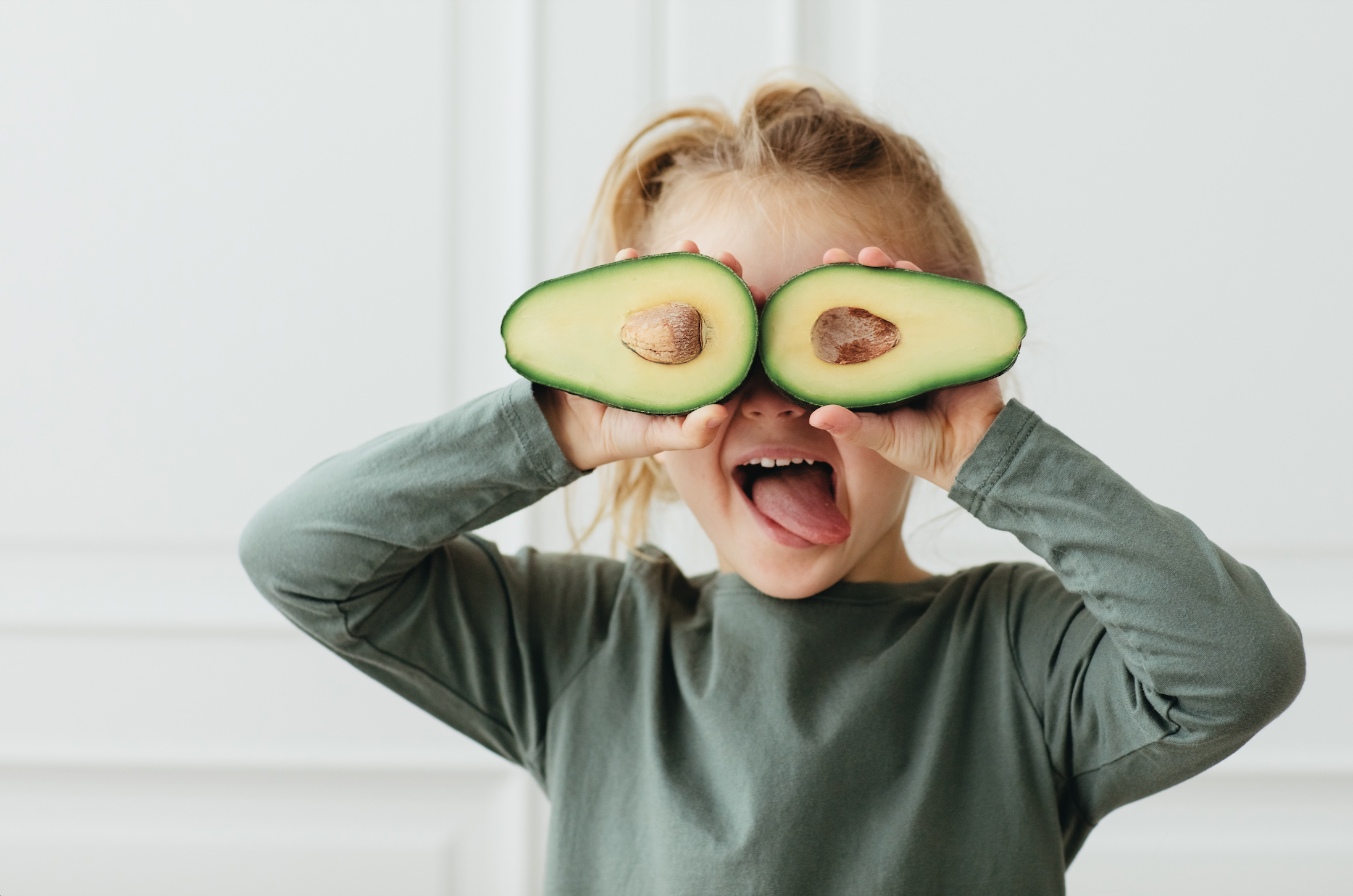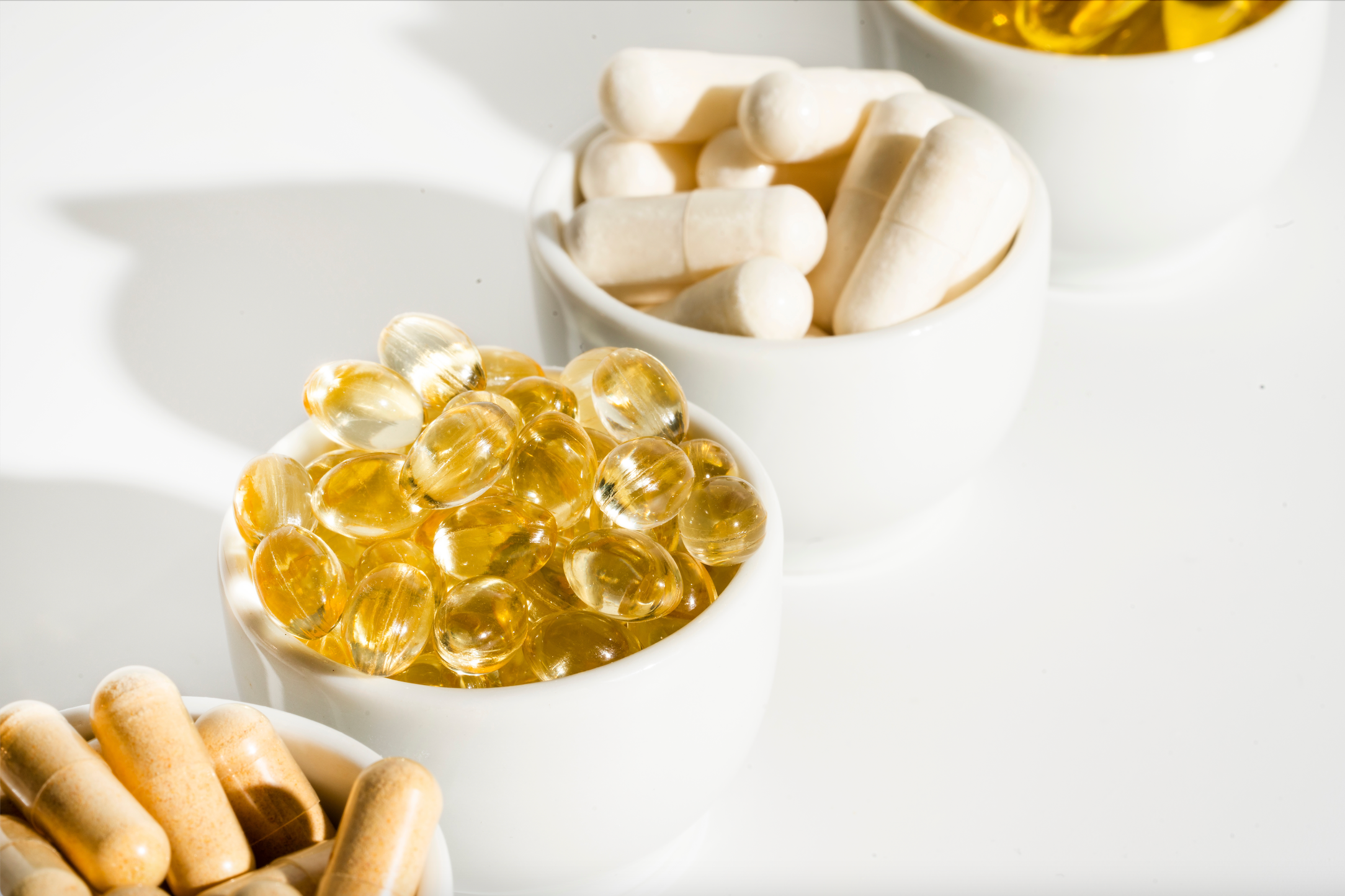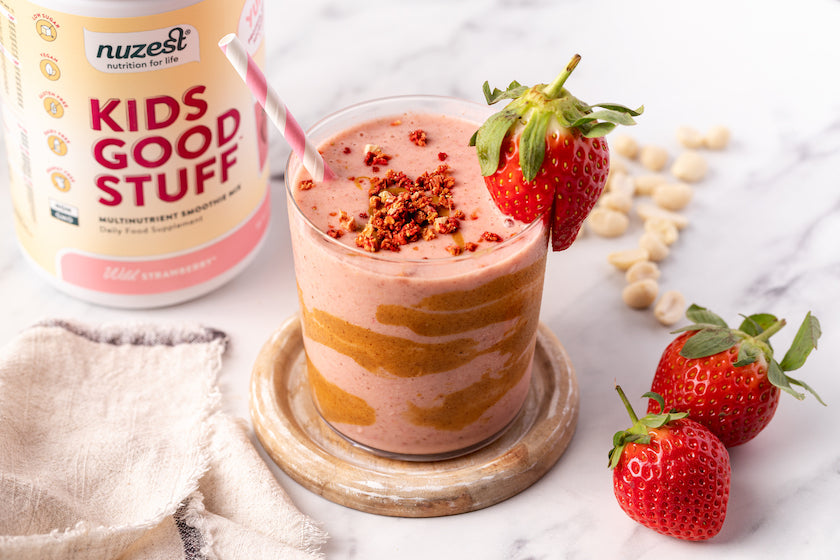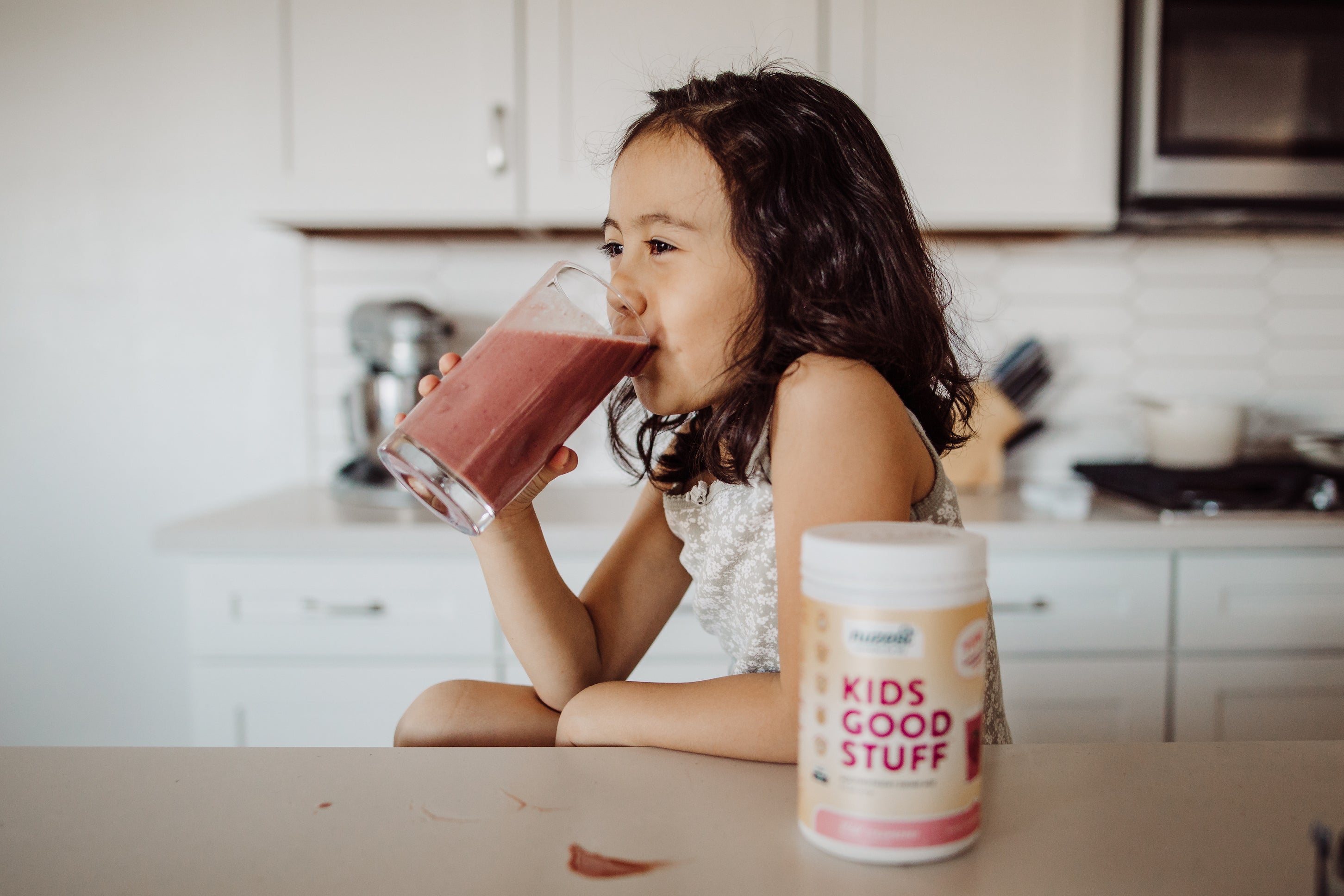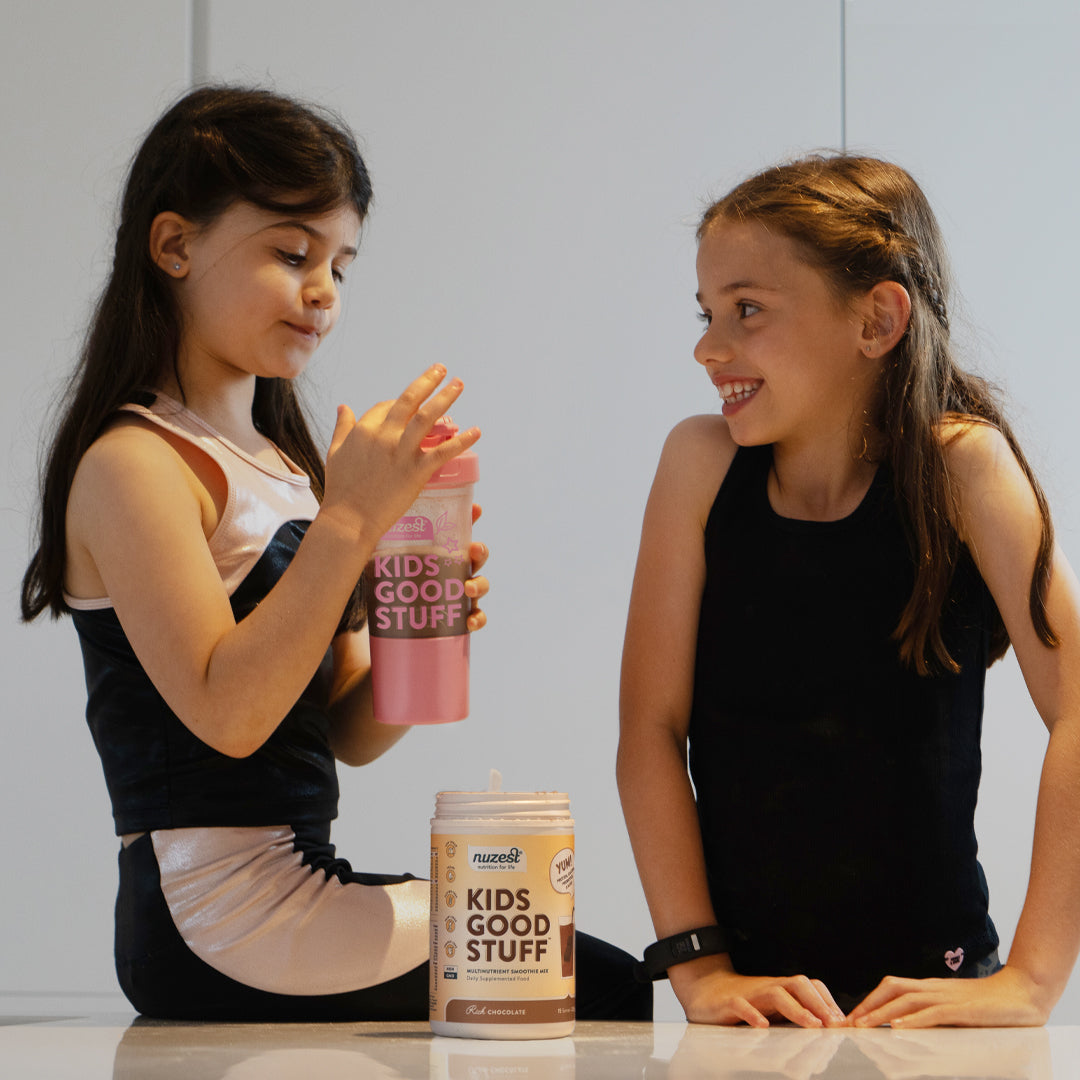The eyes allow us to see the world around us, yet many of us don’t consider the importance of eye health, perhaps even taking it for granted. Healthy eyesight plays an important role in a child’s physical, cognitive, and social development. World Sight Day is an annual day of awareness run by the World Health Organisation, held on the second Thursday of October. The day aims to focus global attention on vision impairment, including blindness.1 Globally, it is estimated that 1.44 million children aged between 0-14 are blind and 46.6 million have a mild vision impairment, of which many of these cases could be prevented.2
Nutrient deficiencies, particularly vitamin A deficiency, are a leading cause of vision impairment in children.4 So how does nutrition support eye health in children?
Top 5 key takeaways:
- Globally 1.44 million children aged between 0-14 are blind and 46.6 million have a mild vision impairment.2
- Vitamin A deficiency is a leading cause of vision impairment in children.4
- It is vital during early childhood to provide adequate nutrition along with access to education and healthcare, to ensure healthy eyesight.2
- Signs and symptoms of poor eye health in children include constant rubbing of the eyes, sensitivity to the light and headaches.3
- Kids Good Stuff contains vitamin A, lutein and zeaxanthin and choline, which all support eye health.
First, we need to understand how the eyes work
The eyes are a complex and intricate mechanism. Some key structures of the eyes include the retina, macular, cones and rods. The retina contains cells that sense light. Within the retina is the macular which is packed with millions of photoreceptors (cones). These cones are responsible for allowing us to see sharp, detailed visual images and colours. The rods on the other hand, are responsible for allowing us to see at night and for our peripheral vision. Optimal vision relies on structural and physiological integrity of these elements, the brain and their connections. Oxidative stress (inflammation) as a result of environmental stressors and poor diet, can disrupt this integrity and lead to vision impairment.2

Source: https://mountainvieweyes.com/blog/how-do-your-eyes-work/
What about eye health in children?
Vision develops rapidly after birth and is fully developed by approximately eight years old.2 It is vital during early childhood (birth to eight years of age), to provide adequate nutrition along with access to education and healthcare, to ensure healthy eyesight. A deficiency in visual stimulus (pictures, colours, faces) between birth and eight years of age can lead to permanent vision impairment (amblyopia).2 This can also lead to psychomotor (cognitive motor skills) and cognitive developmental delay.2 A deficiency in vitamin A increases the risk for visual impairment, including night-blindness.4
The period between childhood and adolescence is another crucial period in which genetic and environmental factors, including light exposure and time spent outdoors, can lead to myopia (short-sightedness).2
What are some signs and symptoms of poor eye health to look for in your child?3
- Straining of the eyes or tilting their head to see better
- Regular eye rubbing
- Consistently losing their place whilst reading
- Sensitivity to light
- Falling behind in school
- Complaining of headaches
- Sitting too close to the TV or holding a book close to their face
If you have any concerns or are unsure about when to get your child’s eyes checked, we recommend speaking with your local optometrist.
Which nutrients are good for my child’s eye health?
Vitamin A:
Vitamin A plays an important role in the healthy functioning of the eyes.4 It is an essential nutrient that cannot be made by the body, so it must be obtained through diet.4 However, even children who consume vegetables and fruits may not be fulfilling their daily requirements of vitamin A, and nutrient losses may occur during conditions such as diarrhoea.4
Vitamin A supplementation has been shown to prevent night blindness in children.4 It acts as a precursor to rhodopsin, the photopigment found in the rods of the retina of our eyes that help us to see at night.5 Kids Good Stuff contains 400mcg vitamin A per serve, making up 80% of their recommended daily intake, supporting healthy eyesight.
Lutein and Zeaxanthin:
Lutein and zeaxanthin are classified as xanthophyll’s and are part of the carotenoid group (vitamin A). Lutein and zeaxanthin play an important role in eye, brain and nervous system development, particularly during the early stages of life.6 Lutein protects the retina from oxidative damage via antioxidant and anti-inflammatory actions.7 Lutein spans the membrane and works to block the oxidation of fats such as docosahexaenoic acid (DHA).7 Zeaxanthin also functions as an antioxidant and has been found to protect the eye against ultraviolet damage and macular degeneration.8
Kids Good Stuff contains 2mg of lutein and 0.4mg of zeaxanthin, extracted from the marigold flower (Tagetes erecta) to provide a plant-based source of nutrients.
Choline:
Choline supports stem cell development of the retina of the eye.9 Choline is also a precursor to the neurotransmitter acetylcholine which acts as a key messenger between cells.9 Importantly, studies show that retina development in utero is dependent on the choline intake of the mother, with insufficient choline intake associated with poorer vision later in life.9
Kids Good Stuff includes lecithin which contains phosphatidylcholine, a precursor to choline. Whilst one serving of Kids Good Stuff provides a small amount of choline (6.5mg), it is still a nutrient of importance. (Psst! Mothers-to-be can obtain 16.25mg of choline from one serve of Good Green Vitality!)
Preventing nutrient deficiencies and supporting our children’s wellbeing during childhood and adolescence is vital to support the development of the eyes. Kids Good Stuff fills the gaps in their diets and provides the nutrients your child needs for healthy eyesight.
Give them the good stuff #KidsGoodStuff
References:
- World Health Organisation, (2021). World Sight Day 2021. Retrieved from https://www.who.int/news-room/events/detail/2021/10/14/default-calendar/world-sight-day-2021#:~:text=World%20Sight%20Day%20is%20an,the%20theme%3A%20Love%20Your%20Eyes.
- Burton M. J., Ramke J., Marques A. P., Bourne R. R. A., Congdon N., et al. (2021). The Lancet Global Health Commission on Global Eye Health: vision beyond 2020. Lancet Glob Health. 9(4):e489-e551. doi: 10.1016/S2214-109X(20)30488-5.
- Specsavers, (2022). Kids’ eyecare & childrens’ eye tests. Retrieved from https://www.specsavers.com.au/eye-health/eye-tests/kids-eyecare
- Mayo-Wilson E., Imdad A., Herzer K., Yakoob M. Y., Bhutta Z. A. (2011). Vitamin A supplements for preventing mortality, illness, and blindness in children aged under 5: systematic review and meta-analysis. 343:d5094. doi:10.1136/bmj.d5094
- Evidence-based Medicine Consult. (2015). The mechanism for vitamin A improvements in night vision. Retrieved from https://www.ebmconsult.com/articles/vitamin-a-eye-vision-mechanism
- Wallace T. C. (2018). A Comprehensive Review of Eggs, Choline, and Lutein on Cognition Across the Life-span. Journal of the American College of Nutrition. 37(4):269-85. doi: 10.1080/07315724.2017.1423248.
- Stringham J. M., Johnson E. J., Hammond B. R. (2019). Lutein across the Lifespan: From Childhood Cognitive Performance to the Aging Eye and Brain. Current Developments in Nutrition. 3(7). doi: 10.1093/cdn/nzz066
- Murillo A. G., Hu S., Fernandez M. L. (2019). Zeaxanthin: Metabolism, Properties, and Antioxidant Protection of Eyes, Heart, Liver, and Skin. Antioxidants (Basel). 11;8(9):390. doi: 10.3390/antiox8090390.
- Mun J. G., Legette L. L., Ikonte C. J., Mitmesser S. H. (2019). Choline and DHA in Maternal and Infant Nutrition: Synergistic Implications in Brain and Eye Health. 21;11(5):1125. doi: 10.3390/nu11051125.
